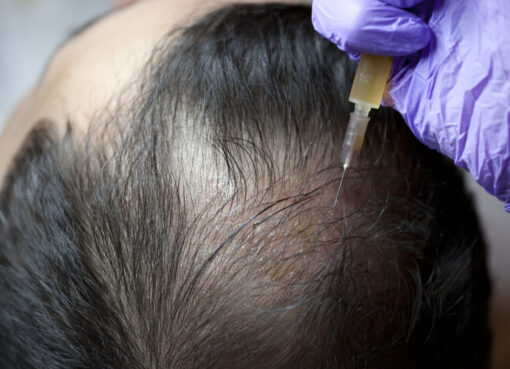Before the operation, the doctor in a conversation with the patient receives the necessary information about his state of health, including an allergic history, previous operations, and the presence of any irregularities in the blood clotting system, symptoms of infectious, cardiovascular, pulmonary and other diseases at the time of the examination, in short a complete patient guides. Based on this, operational risk and the need for preparation for the operation, correction of existing deviations are assessed.
It is important to note that, 1 month prior to surgery, patients are advised to stop smoking and taking alcohol. This will help avoid postoperative complications.
Here you go
Before any planned surgery, the patient undergoes a mandatory preoperative examination. The standard list of necessary examinations includes:
- Clinical blood test
- Biochemical blood test (total protein, creatinine, total bilirubin, AST, ALT, glucose)
- Urinalysis
- Blood type and Rhesus factor
- Blood test for infections (HIV, syphilis, hepatitis B, C)
- ECG
- Chest radiography
General practitioner consultation
The therapist gives an assessment of the patient’s state of health, his readiness for surgical intervention and, if necessary, assigns additional studies, consultations of doctors of other specialties, carries out correction of treatment. All this is necessary in order to minimize the perioperative risk in patients with comorbidities, inadequate treatment of which may adversely affect the consequences of the operation.
Depending on the nature of the planned intervention, this list may be supplemented by any studies or surgical consultation nampa id of other specialists, which the attending physician will surely say. The patient comes to the attending physician with the results of the preoperative examination, after which he is provided with detailed information on surgical intervention and anesthesiology support, an explanation of the features of its management in the perioperative period, the hospitalization date and other organizational issues are discussed.
Emergency situation
In case of emergency surgery, there is no time for full preoperative preparation. However, it is mandatory to clarify the medical information of patient’s allergic history and the presence of factors that increase the risk of emergency intervention.
Operational phase: Standard anesthesia protocol
The tasks of the anesthesiologist-resuscitator during surgery include: minimizing surgical stress, analgesia, a sufficient level of sedation and reliable muscle relaxation.
Perioperative infusion therapy
When conducting infusion therapy, balanced electrolyte solutions are used. During surgery, the appointment of infusion therapy is based on data obtained using minimally invasive methods of hemodynamic control.
Surgical access
Whenever possible, the doctors of clinic will strive to use minimally invasive techniques, as this helps to reduce pain, reduces the incidence of complications and reduces the length of hospitalization.
Prevention of intraoperative hypothermia
Under normal conditions, the temperature of the human body varies between 36–37 ° C. During surgery, in most patients the temperature decreases by 1–2 ° C. Compliance with normothermia leads to a decrease in the number of complications of the cardiovascular systems, the frequency of wound infection, the need for blood transfusions and more rapid recovery after general anesthesia. To maintain the normothermia mode, special heating systems and transfusion of warm solutions are used.





